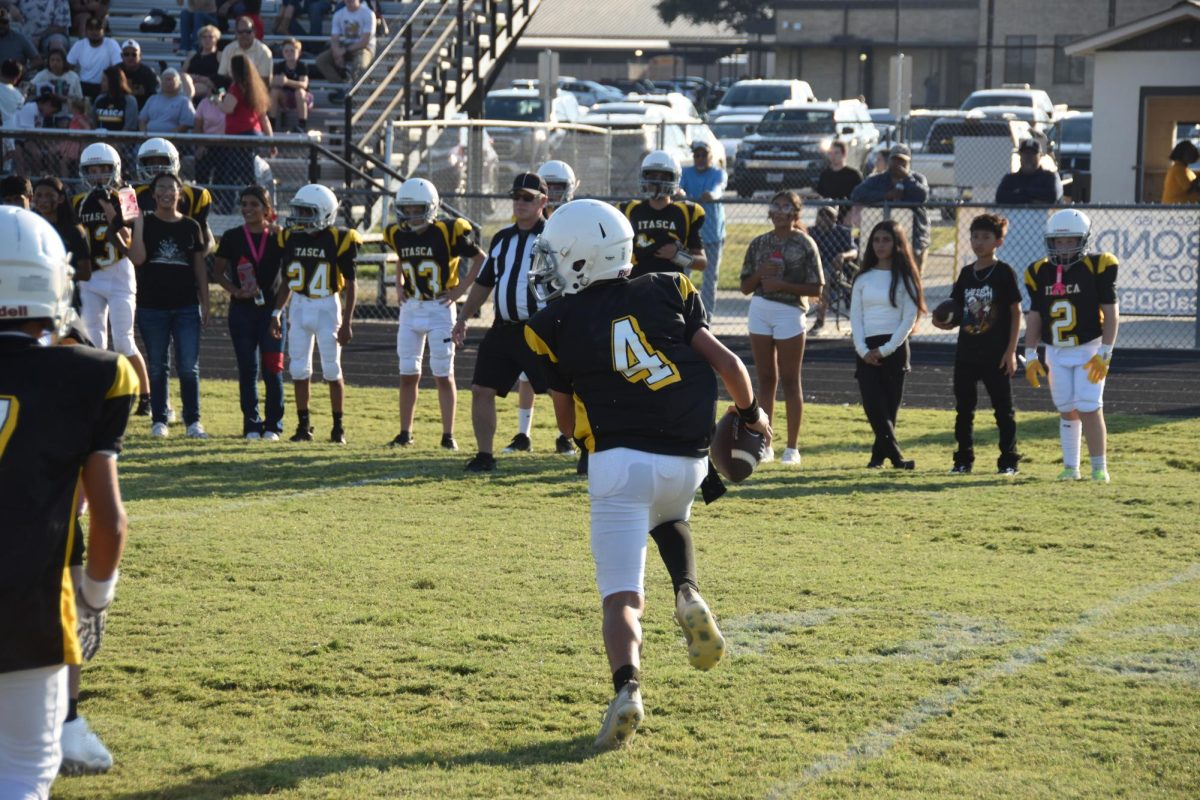The Lone Wolf and Cub Series: Samurai Film Review
During the mid to late 20th century, the subgenre of Samurai films became extremely popular. Directors like Akira Kurosawa, Takeshi Kitano, and Kenji Misumi rose to fame for their directorial works, particularly in this genre. Samurai movies spanned from serious dramas to violent schlock, and even blended into other genres like psychological thrillers. During this time there were also many continuing samurai movie franchises, including the Zatoichi: The Blind Swordsman series and the two Lady Snowblood films. In the early 1970’s however, one set of films stood above the rest. Popular among both fans and critics, the Lone Wolf and Cub series re-defined what samurai films could be and simultaneously entertained audiences of all ages.
Lone Wolf and Cub was a popular manga from the late 1960’s, and it was adapted into 6 feature films from 1972 to 1974. These films are very similar to Italian spaghetti westerns in the sense that the editing, writing, special effects, etc. is all very sloppy and rough, which makes them even more enjoyable. They also do not continue a singular storyline, but instead throw our main characters head first into a conflict they must resolve. Also similar to Italian westerns, these films provide “art” for fans of fine cinema to enjoy, and simple entertainment for those looking for it.
Here is a breakdown of the films individually:
- Lone Wolf and Cub: Sword of Vengeance (1972)
A fantastic introduction to an instantly iconic and entertaining character. There’s plenty of backstory to explain Itto Ogami’s transition from Shogunate executioner to assassin-for-hire, but it also doesn’t waste time with its storyline in the present. Itto is an assassin that travels Japan helping those in need by killing those who oppress or betray them. With him, he carries his toddler son Diagoro, whom he pushes in a cart as he travels. Itto is a well known hero and legend all throughout the country, and there is always someone who wants him dead.
- Lone Wolf and Cub: Baby Cart at the River Styx (1972)
My personal favorite of the franchise is definitely this entry. The best fight scenes, practical effects, cinematography, and overall storyline of the franchise is in this film, and it’s a joy to watch.
- Lone Wolf and Cub: Baby Cart to Hades (1972)
This entry in the series is easily the darkest due to its opening scenes and overall story. Does this tonal shift make it stand out from the rest? Yes, but not in a good way.
- Lone Wolf and Cub: Baby Cart in Peril (1972)
While Itto Ogami is the main character of these films, Baby Cart in Peril is where his son, Diagoro, gets to be the hero. He may be a toddler, but he is strong, fearless, and delightful to see take charge. The ending fight scene between Itto and hundreds of other swordsmen is easily the best ending of the franchise.
- Lone Wolf and Cub: Baby Cart in the Land of Demons (1973)
This is unfortunately where the series started to lose steam. Despite this undeniable fact, all the elements that make the others great are still present, and it’s still definitely worth a watch.
- Lone Wolf and Cub: White Heaven In Hell (1974)
There isn’t much debate as to which Lone Wolf and Cub film is the weakest. White Heaven In Hell has similar good elements to its predecessors, but fails to make them enjoyable due to its muddy storyline and unresolved plotlines.
One aspect that makes these films so enjoyable to watch is the cinematography. The positioning of the camera and the wide array of colors and locations make scenes that would otherwise be boring a pleasure to watch. Another great thing about these films is that they are all around 85 minutes long, making for short, but sweet watches. The acting is also surprisingly good for a film of this nature, despite how ridiculous the scene around the actors is.
It’s important to note that all 6 of these films are absolutely soaked in blood from the various fight scenes. However, the blood is very watery and a much lighter red color than real blood, so it looks obviously fake. Speaking of which, the Lone Wolf and Cub series utilizes the best of the best practical effects to heighten the violence of the fight scenes and add to the entertainment. For a film series with a moderately low budget, the practical work is up to par with films such as The Thing and The Evil Dead.
All in all, this is a fantastic series of great films that are infamous for their iconography and mark on pop culture. Despite the fact that most of them are over 50 years old, they hold up extremely well and make for excellent watches when you want to enjoy a simple, exciting film.
All 6 Lone Wolf and Cub films are available on HBO max, and if you’re so inclined, I highly suggest giving them a try for yourself.
Your donation will support the student journalists of Itasca High School. Your contribution will allow us to purchase equipment, cover our annual website hosting costs, and provide scholarships to our senior staff members!























